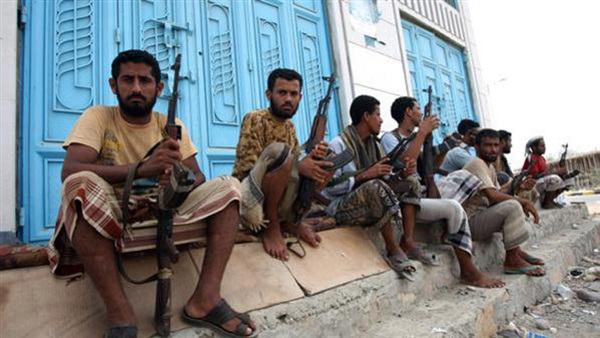Iran’s policy towards the Houthis in Yemen: A limited return on a modest investment

For years, mounting instability led many to predict
the imminent collapse of Yemen. These forecasts became reality in late as the
country spiralled into civil war.
The conflict
pits an alliance of the Houthis, a northern socio-political movement that has
been fighting
against the central government since, along-side troops and militias loyal to a
former president, Ali Abdullah Saleh, against supporters and allies of the
government overthrown by the Houthis in early.
The war became regionalized in March when a
coalition of ten mostly Arab states, led by Saudi Arabia, launched a campaign
of air strikes against the Houthis with the declared objectives of stopping and
rolling back their expansion and reinstating the exiled government of President
Abd Rabbu Mansour al-Hadi. According to Saudi Arabia and the Saudi-backed Hadi
government, the Houthis are an Iranian proxy; they therefore frame the war as
an sort to counter Iranian influence in Yemen.
The Houthis, however, are not Iranian proxies; Tehran’s influence
in Yemen is marginal.
The civil war in Yemen is driven first
and foremost by local and political factors, and is neither an international
proxy war nor a sectarian confrontation. It is primarily a domestic conflict,
driven by local grievances and local competition for power and resources.
The Houthis and Saleh seek to overturn the political
order that emerged after the uprisings of: Saleh wants to return to power,
having lost the presidency in the wake of popular protests, while the Houthis
want a greater say in national a airs.
In other
words, the Houthis want in, Saleh wants back in, and members of the
Hadi-aligned bloc want to keep them out.To provide background to the
Iran–Houthi relationship, this article starts by laying out the Islamic
Republic’s modus operandi to explain why and how, and with what expected
results, it typically develops partnerships with non-state actors.
It goes on to provide background information on the
situation in Yemen to clarify the context in which the Houthis emerged as prospective
partners of Iran. It then shows that even though Iran’s support for the Houthis
has increased in recent years, especially since, it remains limited—crucially,
far too limited to have a significant impact on
the balance of internal forces in Yemen or to buy Iran more than marginal influence
there.
A number of factors explain why Iran’s current objectives
and its potential ambitions in Yemen are limited. Yemen does not rank high on
the Islamic Repub-lic’s
list of foreign policy priorities.
At the same
time, Tehran realizes that Yemen is a major source of concern for Saudi Arabia,
and calculates that significant and overt support
for the Houthis would risk escalation into direct confrontation with Saudi
Arabia, an outcome Tehran wants to avoid.
Tehran has thus come to judge that while the
provision of limited support can yield minor but interesting returns, the costs
of a major investment would outweigh the potential benefits.





